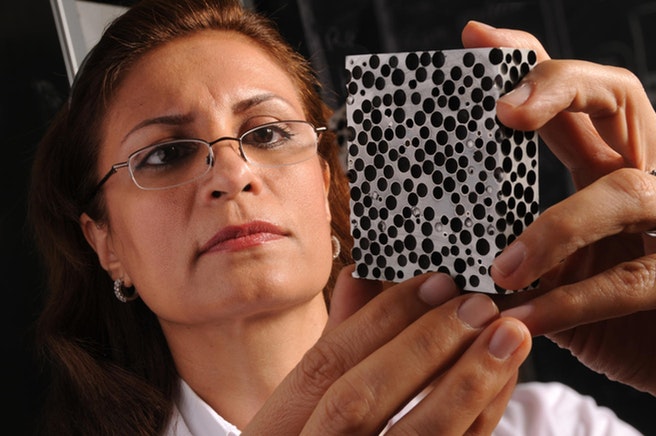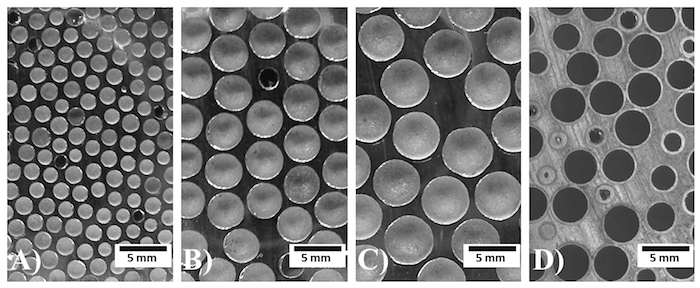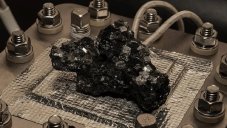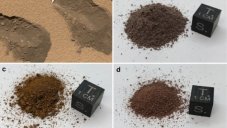This Material Can Stop Armor-Piercing .50cal Rounds Like Steel, But With Half The Weight
Aadhya Khatri - Jul 29, 2019

This new composite metal foam can also block blast pressure from an explosion 18 inches away, as well as x-rays, gamma rays, and neutron radiation
Experts at North Carolina State University have created a new CMF (short for composite metal foam) that is as effective as conventional steel in stopping bullets, all while weighing half as much. This CMF can be used on military vehicles that are lighter than those in use today but with the same safety standards.
According to Afsaneh Rabiei, the author of this project and a professor of mechanical and aerospace engineering at North Carolina State University, with the same level of protection, a vehicle made out of this new composite metal foam is less than half the weight of the rolled homogeneous steel armor.
Composite metal foam consists of a metallic matrix, which can be aluminum, titanium, or steel, and hollow metallic spheres, which is usually made out of titanium and steel. In this case, the researchers make use of a steel-steel structure.

To test the durability of this material, the experts sandwich it between a layer of the ceramic faceplate and an aluminum backplate. Then, they fired .50cal ball as well as armor-piercing rounds between 500m/second and 885m/second of velocity.
The CMF successfully absorbed 68% to 78% of the kinetic energy of armor-piercing rounds and 72% to 75% of ball rounds.
According to her, the only thing they do is to replace the usual steel plate with the new CMF. There is still room for improvement with this project, and the researchers plan to experiment with different combination to increase the durability, like changing the ceramic thickness and adhesion.
The researchers have demonstrated the effectiveness of this CMF before and proved that it is able to obstruct fragmentation and blast pressure of an explosion just 18 inches away.
Apart from being able to stop bullets, the material can withstand heat and fire twice as well as metals. Plus, it can protect against neutron radiation, x-rays, gamma rays.
Featured Stories

Features - Jul 01, 2025
What Are The Fastest Passenger Vehicles Ever Created?

Features - Jun 25, 2025
Japan Hydrogen Breakthrough: Scientists Crack the Clean Energy Code with...

ICT News - Jun 25, 2025
AI Intimidation Tactics: CEOs Turn Flawed Technology Into Employee Fear Machine

Review - Jun 25, 2025
Windows 11 Problems: Is Microsoft's "Best" OS Actually Getting Worse?

Features - Jun 22, 2025
Telegram Founder Pavel Durov Plans to Split $14 Billion Fortune Among 106 Children

ICT News - Jun 22, 2025
Neuralink Telepathy Chip Enables Quadriplegic Rob Greiner to Control Games with...

Features - Jun 21, 2025
This Over $100 Bottle Has Nothing But Fresh Air Inside

Features - Jun 18, 2025
Best Mobile VPN Apps for Gaming 2025: Complete Guide

Features - Jun 18, 2025
A Math Formula Tells Us How Long Everything Will Live

Features - Jun 16, 2025


Comments
Sort by Newest | Popular